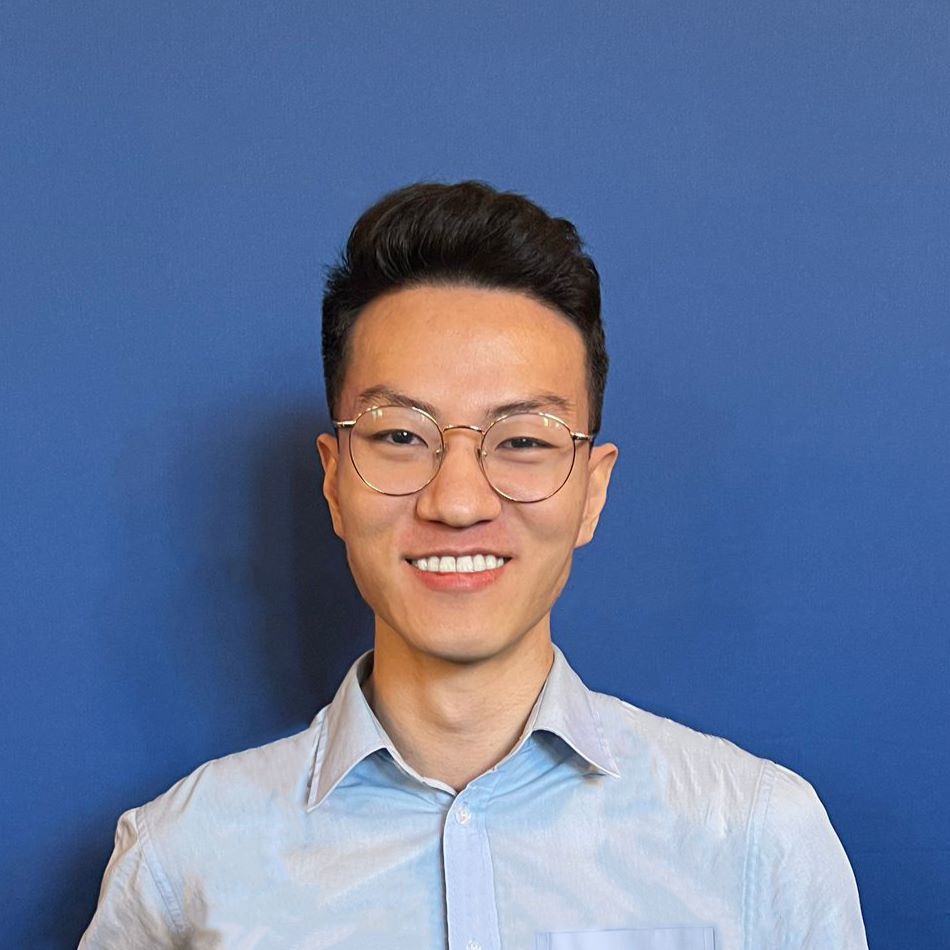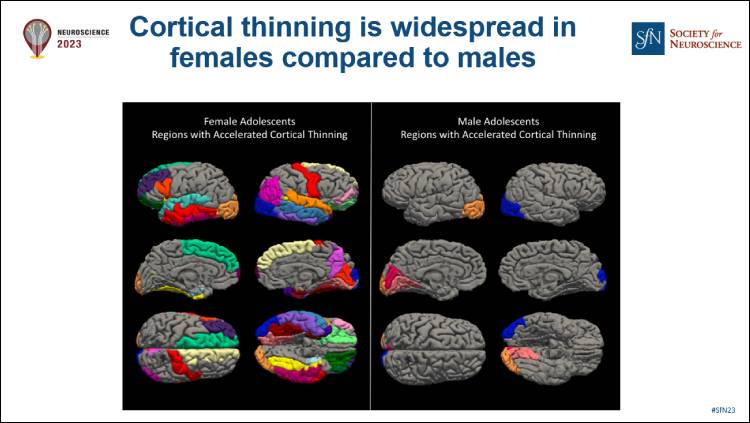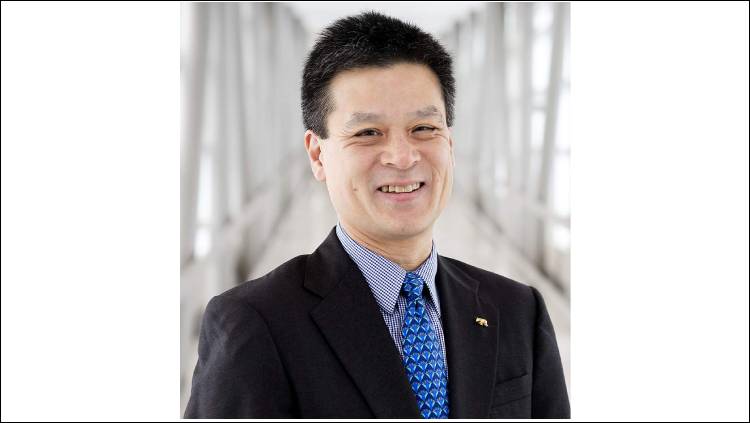Future of Neuroscience: Jerry Li

Jerry Li went from a pro gamer to a programmer: He grew up competing in Esports tournaments, and now is completing his PhD at the University of Toronto’s Institute of Medical Science. His work uses artificial intelligence to develop data-driven and personalized measures to revolutionize neurosurgery.
Jerry grew up hearing stories from his parents, who faced rampant disease, famine, and political upheaval in rural China; who had to walk many kilometers just to go to school; and who had to climb the highest mountain in their village to fetch clean water. As the first in his family to be born in Canada, he embodies his first-generation family’s resilience, compassion, altruism, and determination to establish new roots for his family tree.
Jerry has been recognized with the highest competitive rankings across several games in his Esports adventures, achieved a typing speed of 180 words-per-minute, and in 2023, received SfN’s Trainee Professional Development Award (TPDA). Alongside his research, he aims to improve scientific communication and advocacy to broader audiences, while mentoring new generations of scientists and students.
Neuroscience Quarterly (NQ): How did you become interested in neuroscience and what made you want to pursue it as a career?
Jerry Li (JL): Growing up, computers were a big part of my life. My dad came to Canada from China and started a career as a computer engineer. My fondest memories are building computers with my parents, which instilled my strong interest in technology at a young age. It also led me to start playing video games professionally in middle school and high school.
During grade 11, my best friend passed away due to mental-health related circumstances. It profoundly impacted me; I realized that many people suffered in silence and felt that they couldn’t open up to others about their struggle. I wanted to learn more about the brain and how I could help people who might be in the same situation as my friend. After starting university, a friend introduced me to a lab that dealt with mouse models of chronic pain. Here, I learned of the silent epidemic of chronic pain, which further enlightened me of how difficult it is for people in pain to find effective treatment. Like mental health issues, chronic pain is hidden in plain sight and often overlooked. Eventually, I sought out a way to leverage technology to bring awareness and give a voice to people who were suffering and neglected.
NQ: What is your area of research and what drew you to it?
My lab specifically focuses on patients with trigeminal neuralgia, a recurrent, incredibly painful, and debilitating form of chronic neuropathic facial pain.
JL: I wanted to learn how to utilize my technological skills to help others rather than just playing video games. Now, I study how to apply machine learning, or artificial intelligence, in neurosurgery. My lab specifically focuses on patients with trigeminal neuralgia, a recurrent, incredibly painful, and debilitating form of chronic neuropathic facial pain. Up to 50% of these patients eventually require surgery to treat their pain, but there aren't many reliable biomarkers for clinicians to predict how well people will respond to surgery. Patients will almost universally rate their pain as the worst pain they’ve ever felt, which is quite subjective from person to person, and difficult to analyze from a research perspective. Also, with the naked eye, images of the brain of someone with trigeminal neuralgia are basically indistinguishable from someone who is pain-free. With computational methods, we are working to address these issues. We can translate a medical image into more objective numerical values and pick up intricate, subtle relationships within them. A lot is still unknown with this condition, but we’ve found a biomarker called “brain age” that may help make progress in treating it.
NQ: You were volunteering at a long-term care home for a course on dementia when COVID-19 hit. Pandemic restrictions ended your in-person visits. What impact did that have on the seniors in the facility, and what was your response?
JL: A component of this course was to volunteer at a long-term care home and make an artistic summary of a resident’s life history. In many Chinese families, a big cultural value is to take care of your parents, older adults, and the people that came before you. My family never had much as I was growing up, and so the bonds we had with the people around us were that much more precious. I think that’s one reason I was initially drawn to this course.
I was placed at a relatively small care home in Toronto and was struck by the level of loneliness and isolation I observed in the residents. I became close with one resident who had dementia. He had immigrated from China and had a remarkably similar life story as my parents, which made me appreciate this opportunity even more and made this work a lot more personal. We connected over chess (even though the board always had pieces missing) and over walks around the facility, where I listened to him reminisce about his life.
We knew many residents would not be able to cognitively understand what was happening.
When the lockdown happened, my classmates and I felt terrible that we just had to stop visiting and sit back as the news revealed stories of COVID-19 ravaging these care homes. There was so much confusion and anxiety over what would happen to the residents and staff. We knew many residents would not be able to cognitively understand what was happening. We worried that the existing problem of loneliness in these care homes would reach a breaking point, and it made me reflect on how our society treats older adults.
A couple of my classmates started a volunteer group called the Student Association for Geriatric Empowerment (SAGE). I quickly joined them. I oversaw creating our website and running our social media pages. We partnered several local businesses and organizations with multiple care homes and established thoughtful ways to keep residents active and connected to their surrounding communities. After just two years, we had already worked with over 40 organizations and were featured in national news, radio talk shows, and the University of Toronto’s official news pages. Although I’ve taken a step back from SAGE now to focus on my research, their work continues today, and I am so immensely proud of what we created and accomplished together.
NQ: How has your work with seniors informed how you approach research?
JL: My experience in the dementia course and with SAGE taught me the value of connecting with the population you serve. Whenever I feel like I’m starting to burn out, I like to take some time and talk to the people we're studying, the people with trigeminal neuralgia. When I first started at this lab, it was easy to feel disconnected while reading scientific literature, as it is often cold and technical. And despite growing up with computers, I had never learned how to code, so I was experiencing a deep sense of imposter syndrome as I taught myself several different languages.
When I interact with the patients and see how they deal with these incredibly taxing circumstances, it re-centers the importance of this research.
But when I was tasked with recruiting patients for our studies in the clinic, I started to reconnect with why I was doing this. When I interact with the patients and see how they deal with these incredibly taxing circumstances, it re-centers the importance of this research. This condition is sometimes referred to as “the suicide disease” because it’s some of the most excruciating pain people have ever felt. I’m truly inspired when I get the chance to speak to someone and learn about their experience dealing with this for 5, 10, sometimes even 15+ years. Their strength is contagious. And I felt the same thing working with seniors. Even in difficult circumstances, people persevere, and that motivates me to keep going and to continue holding myself to a high standard to help people access the care they deserve.























